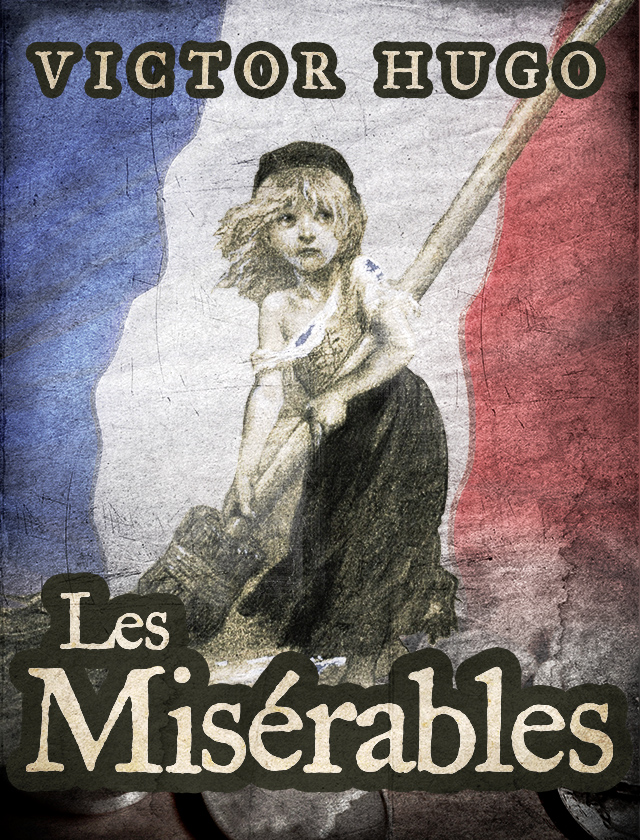Les Misérables
by Victor Hugo
Symbols and Themes
Themes
Environment as a major force in shaping character
Every major character in the novel is significantly shaped—whether for good or ill—by certain aspects of the environment in which they live. At the beginning of the novel, Jean Valjean has been transformed into a bitter man by nineteen years of cruel and inhumane treatment on the galleys. The environment of prejudice and harsh judgment in the town of M. sur M. ultimately strips Fantine of her innocence and forces her into prostitution. Cosette spends the early years of her life in an atmosphere of abuse and intimidation, making her a fearful, timid child. The novel suggests that, though a person might be born with a kind heart and generous spirit, environmental forces may be so powerful that they lose contact with their essential goodness and optimism. By the same token, a significant change in environmental forces or a profound display of compassion on the part of another may redeem or restore the individual. For Valjean, one day in the generous presence of M. Myriel is enough to turn him into an honest man again. Once Fantine is rescued from her misery and treated with respect by Jean Valjean, her tenderness and beauty begin to return. For Cosette, growing up primarily in Valjean’s loving care makes it possible for her to blossom into a beautiful, optimistic and open-hearted person. In all of these cases, environment plays a significant role in shaping character.
Social and legal injustice
As a very young man, Jean Valjean is sentenced to three years of hard prison labor for the petty crime of stealing a loaf of bread. Furthermore, the crime itself is committed not out of maliciousness but out of desperation and hunger. This is just one of the many striking examples of legal injustice in the novel. Like Fantine’s sentence of six months in prison for shouting at the man who throws snow down her back, Valjean’s punishment is ridiculously at odds with his crime. The blind prejudice which strips Fantine...
Sign up to continue reading Symbols and Themes >